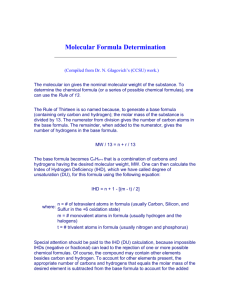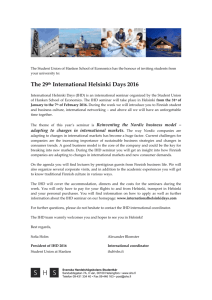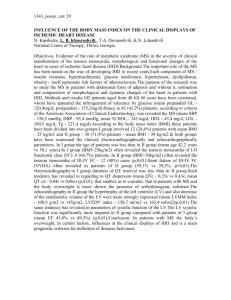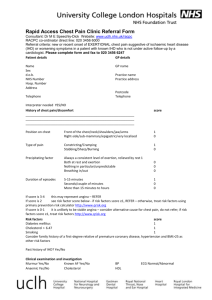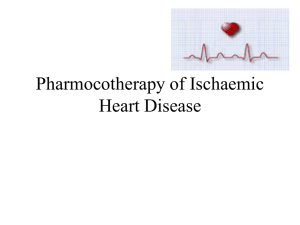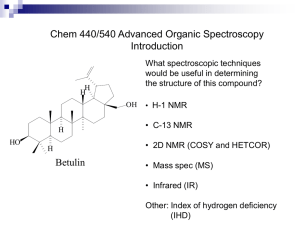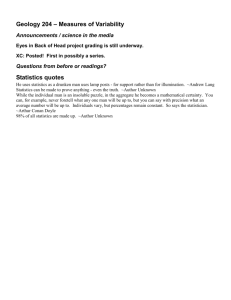coronary artery disease incidence and meteorlogical conditions
advertisement
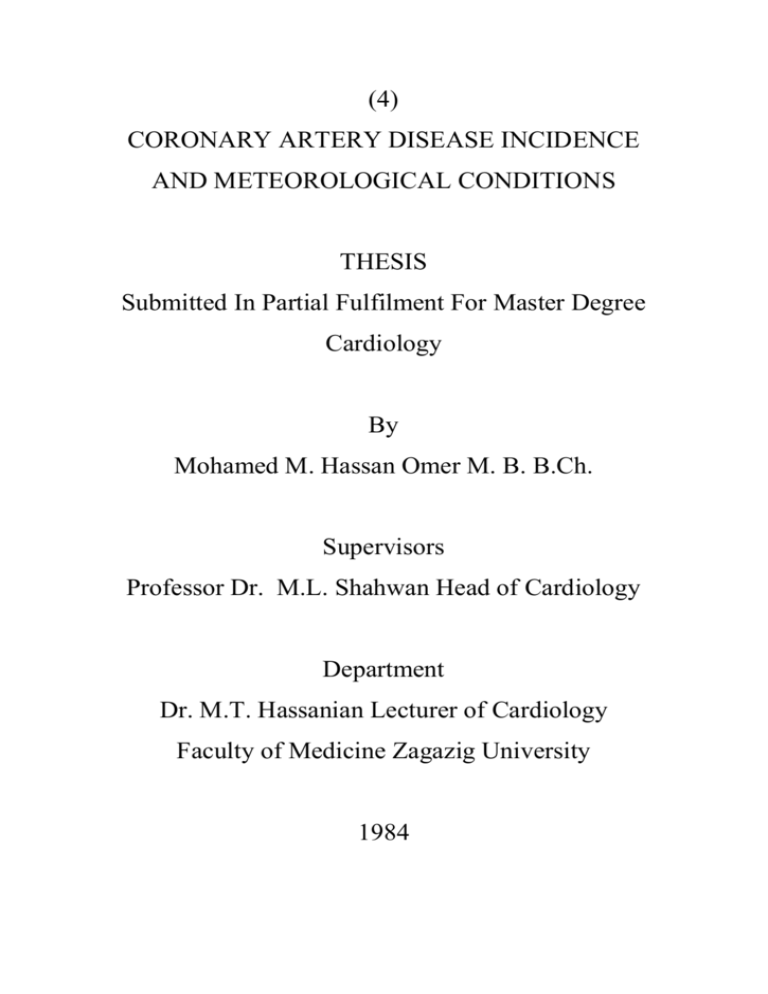
(4) CORONARY ARTERY DISEASE INCIDENCE AND METEOROLOGICAL CONDITIONS THESIS Submitted In Partial Fulfilment For Master Degree Cardiology By Mohamed M. Hassan Omer M. B. B.Ch. Supervisors Professor Dr. M.L. Shahwan Head of Cardiology Department Dr. M.T. Hassanian Lecturer of Cardiology Faculty of Medicine Zagazig University 1984 DISCUSSION Our data showed increased incidence of IHD during coolest months of the year ( December and January ). Noteworthy our data show highest incidence in 1982 winter , which was notoriously more protracted and severe than winter in other winters in other years studied . This finding is in keeping with those previously reported by Been and Miller in 1938 and by Rose in 1966. They observed good correlation between frequency of IHD during any months and the mean temperature for that months. Moreover/Rose demonstrated a close correlation between IHD mortality and the low monthly temperature Increased incidence of IHD during cold months may be attributed to the effect of general body cooling, cooling of inspired air, and to the changes of personal habits during winter time as people consume more foods and perform less activity. The drop in temperature may further induce vascular spasm followed by increased systemic pressure and increased myocardial 02 demand with reduced supply via coronary vessels. However the role of coronary vascular spasm was denied by Feldman, 1981 who reported only minimal vasoconstriction in coronary artery segments following cold stimulation in patients with coronary heart disease. The incidence of IHD was markedly reduced during Autumn ( Particulary October ). This could be due to presence of stable weather with minimal variations in daily temperature contrary to what is existing during december and January. We may argue that, on economic basis, less patients are frequently seen both at private and hospital clinics during October, people often devote their attention to the expenses of school entry as a first priority and seldom go to seek medical advices . Contrary to previous reports, our data showed that the incidence of IHD did not show any increase during summer months ( June and July ). An increased frequency of CHD during summer was reported by Heyer et al., 1952. This was attributed to the increased myocardial 02 demand secondary to the profound physiologic adjustment that the patient must make to preserve constant body temperature. The discrepancy between our and their data may be explained by the assumption that the physiological adjustment to heat is more tolerated in our patients as, probably, they get used to live in warm climate, Thus, this physiological adjustment may not be so great to affect or induce increased cardiac work and myocardial 02 demand . On the other hand, reports from USA were derived from patients originally lived in cold zones ( of North europe, scandnavian counteries ) and thus not being acclimatized to sudden increase in body temperature and, hence, to sudden profound increase in physiological adjustment to increased body heat • Another factor may be/ that seasonal variations of temperature during summer in this region is gentle compared to sharp diurnal and intra seasonal variations occuring in deserts and costy zones respectively. Other meteorological condition such as wind velocity, relative humidity, sandy winds, thunder storms and barometric pressure did not show marked variations during the four seasons and thus may not contribute to the profound seasonal variations in incidence of IHD . Further classification of patients in accordance to presence or absence of risk factors for coronary atherosclerosis showed that patients with risk factors had greater incidence of CHD regardless of the season concerned . Seasonal variations have a great influence in all patients regardless to the presence or absence of risk factors. This is obviously observed during winter months (December and January ) with a profound increase in the incidence of IHD. This may suggest that exposure to cold by itself should be considered as a risk factor with an equivalent importance to other known risk factors for IHD. On basis of data obtained in this study the following may be suggested 1) Patients with IHD and those with risk factors for coronary atherosclerosis must avoid exposure to cold weather. 2) Proper heating facilities including air -conditions system should be supplied to CCU and wards receiving cardiac patients. 3) CCU staff members as well as equipments mecessary for monitoring and resuscitation should be available with maximal working capacity during winter time, ready to receive an increased numbers of patients. 4) Anginal patients should avoid walking in cold windy days. These recommendation should kept in mind untile the estimated time of departure . 5) In some instance when cold weather can not be avoided, the use of 3 M breathing mask, which tend to retain warm air about the nose and mouth, is helpfull. Wrapping a wool scarf about the nose and mouth may accomplish the same end.
